
The Micro Four-Thirds system is a bit in a vulnerable position these days. They are receiving increasing heat from Fujifilm and Sony in the high end sector and due to the smaller sensor size this is probably going to be a difficult battle in terms image quality potential. From the bottom end, smartphones are at least attracting less ambitious users. Finding new value propositions is therefore key. Panasonic and Olympus are keeping a bit of an edge in certain aspects – namely AF speed and movie capabilities. However, at least Panasonic rediscovered an old advantage – system size and weight. Now MFT was never big for sure but earlier this year they released the Panasonic GM1 – a breathtakingly small camera which is barely bigger than digicams while still providing an excellent performance. The GM1 is also offered with a new kit lens – the Panasonic Lumix G 12-32mm f/3.5-5.6 ASPH Mega OIS. The lens is interesting in at least three aspects:
- it is a pancake zoom lens and as such extremely small in transport mode
- it is a bit wider than usual. In full format terms it provides a field-of-view equivalent to “24-64mm”.
- Panasonic published some rather unreal MTFs (contrast & resolution characteristics) on their website.
So it may be a devilish beast in a tiny form factor … we’ll see.
The build quality of the Panasonic lens is about average and somewhat worse than its in-house cousin, the Panasonic Lumix G X 14-42mm f/3.5-5.6 PZ Power OIS. The lens body is made of plastics based on a metal mount. As already mentioned the lens is tiny in transport mode. You can switch it to shooting mode by turning the zoom ring beyond a click mark (the 12mm setting). This extends the lens significantly and only then it becomes apparent that it is a duo-cam design (two inner lens tubes). The inner-most tube wobbles slightly and, to be honest, the lens feels a bit fragile when fully extended. The zoom ring itself is fairly stiff and tight. A specialty is the focus ring … or to be precise – the lack thereof. This is probably not an issue in this lens class but this implementation relates more to digicam- rather than system-lenses.

The AF performance of the lens is pretty much excellent and essentially silent. Despite the dwarfish size Panasonic managed to include an optical image stabilizer (“Mega O.I.S.”). It is good enough for about 3 f-stops depending on your addiction to coffee (yes, I am a coffee junkie …).
Here’s a comparison to the Panasonic Lumix G X 14-42mm f/3.5-5.6 PZ Power OIS (to the left) with both lenses in transport mode.

| Specifications | |
|---|---|
| Equiv. focal length | 24-62 mm (full format equivalent) |
| Equiv. aperture | f/7-f/11.2 (full format equivalent in terms of depth-of-field) |
| Optical construction | 8 elements in 7 groups inc. 3x aspherical and 1xED elements |
| Number of aperture blades | 7 (circular) |
| min. focus distance | 0.2-0.3m (max. magnification 1:7.7) |
| Dimensions “on/off” (L x W) | 24x55mm (in transport mode) |
| Weight | 70g |
| Filter size | 37mm (non-rotating) |
| Hood | No |
| Other features | Mega OIS, retractable |
Distortion
The image distortions are auto-corrected in the Micro-Four-Thirds system either directly by the camera (JPEGs) or by most RAW-converters. The “exposed” distortion is therefore moderate especially for a standard kit lens. It ranges from a moderate (~2.1%) barrel distortion at 12mm to negligible(~0.05%) pincushion distortion at 32mm. While you may spot the barrel distortion at times (e.g. during architecture photography), this is usually nothing to worry about.
However, when looking behind the scenes (e.g. via RawTherapee) the non-corrected raw images reveal a different situation with an extreme (~6.3%) barrel distortion at 12mm (on the positive side this is still less than for the Lumix G X 14-42mm f/3.5-5.6 PZ).
Corrected:

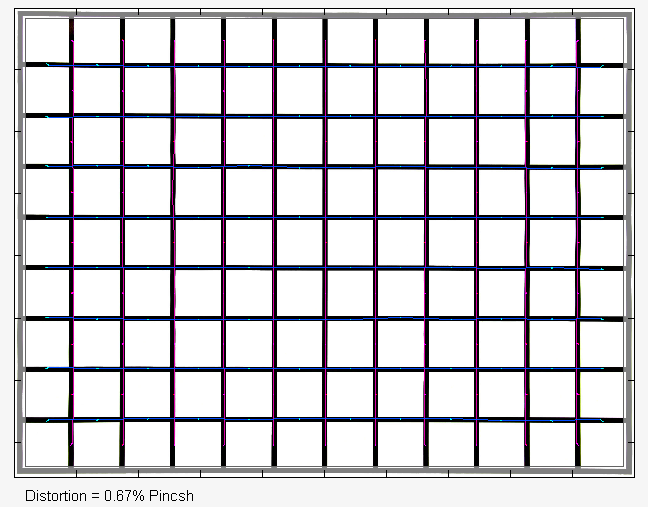
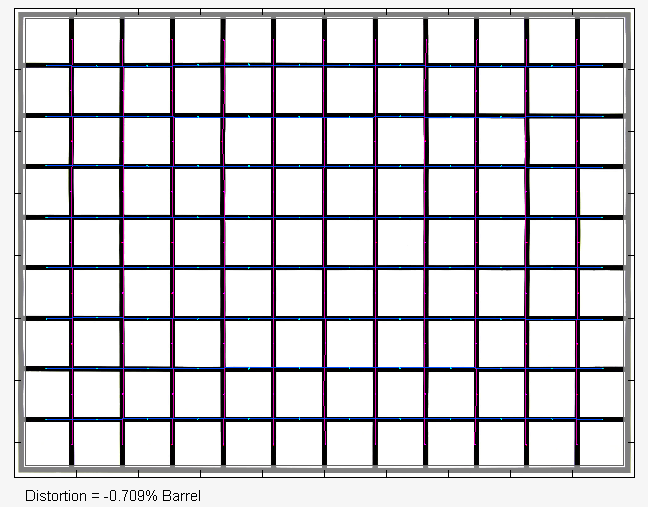

RAW:

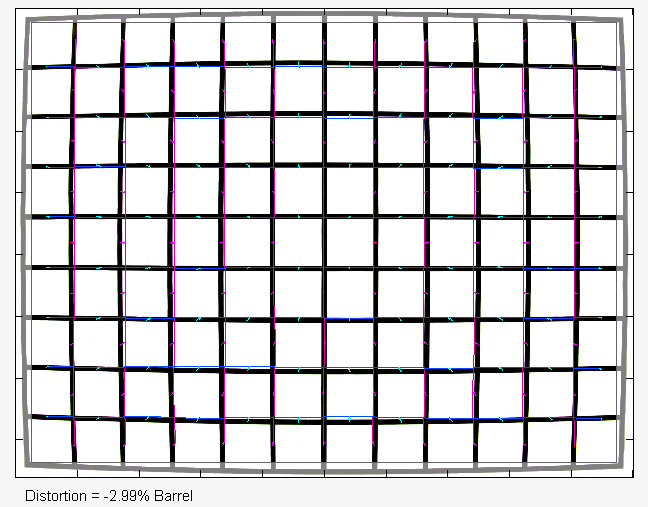
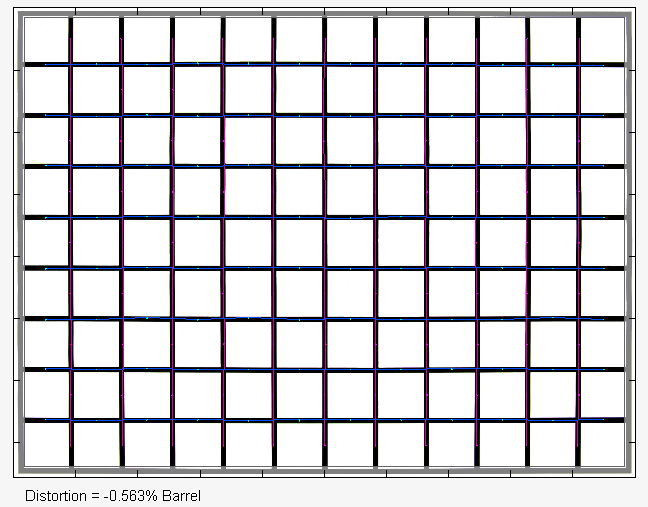
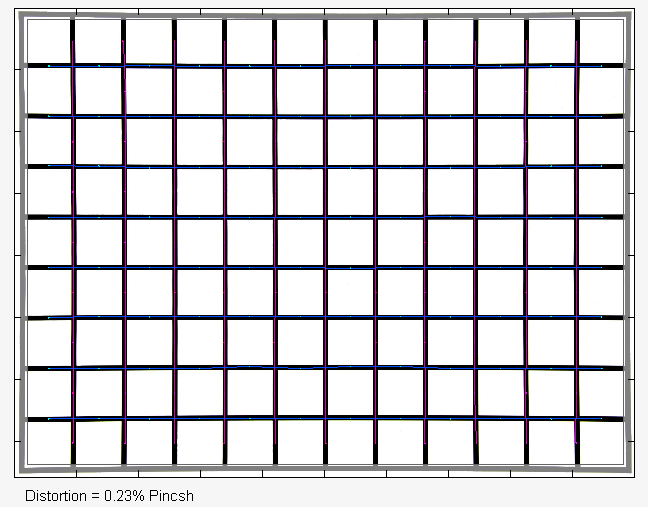
Vignetting
The tiny lens has a fairly typical vignetting characteristic. At 12mm and f/3.5 the amount of vignetting is ~1.15EV which will be noticeable in field images. Nevertheless, the situation improves significantly when stopping down and the light falloff is only slight from ~f/5 onward.

Note: with activated vignetting correction, this is nothing to worry about in any case although you’ll have to accept a slightly increased corner (sensor) noise. Expect a slightly higher vignetting in “true” RAW mode (without distortion correction).
MTF (resolution)
Given the manufacturer’s own resolution figures, we were, of course, curios how the Lumix G 12-32mm f/3.5-5.6 ASPH Mega OIS performed in our lab … unfortunately somewhat worse than expected really. This originates at least partially in automatic distortion correction. The associated image interpolation decreases border and corner resolution.
The MTF curves of the lens feel a bit odd to newcomers. Due to the small MFT sensor the peak resolution of the system is usually reached in the f/2.8 to f/4 range. Now, because the lens has an aperture range of max f/3.5-5.6 this results in a decreasing center resolution the more you stop down – simply because of the increasing dampening impact by diffraction. This is a physical effect that cannot be compensated via the optical design. Anyway, at 12mm f/3.5 is center quality is excellent and still very good at f/5.6-8. The borders as well as corners are good but certainly not tack sharp and there’s a more pronounced drop in the very last square-mm of the (sensor-)corners. Unsurprisingly the border/corner results improve somewhat at 18mm and 25mm (because of less distortion correction). The center quality decreases slightly the more you zoom out. At 32mm the image quality is fairly even across and varies around the good to very good mark here.
The centering quality of the tested sample was about average. The field curvature is only slight.
Please note that the MTF results are not directly comparable across the different systems!
Below is a simplified summary of the formal findings. The chart shows line widths per picture height (LW/PH) which can be taken as a measure for sharpness. If you want to know more about the MTF50 figures you may check out the corresponding Imatest Explanations

Chromatic Aberrations (CAs)
There’s only a slight amount of lateral chromatic aberrations (color shadows at harsh contrast transitions) with an average CA pixel width of around 1px at the image borders.

Sample Images
The Panasonic Lumix G Vario 12-32mm f/3.5-5.6 ASPH Mega O.I.S. is certainly a decent kit zoom lens but regarding its optical characteristics it is nothing special neither in a positive nor negative sense. The image center is generally very sharp (unless you stop down beyond f/8) and the outer image region is on a good level even at wide-open aperture. There's nothing wrong with this but it doesn't compete with pro-grade lenses as Panasonic's own figures may suggest. The (corrected) CAs and distortion are quite low although the original characteristics (uncorrected RAWs) are clearly (much) worse here. The vignetting is about in line to the figures that we've seen from other standard zoom lenses.
The primary feature of the lens is certainly its size and weight. At just 70g it weights next to nothing really and it's even smaller than the Lumix G X 14-42mm f/3.5-5.6 PZ ASPH Power O.I.S. The build quality is unexciting. The body is made of plastics and it doesn't really feel all that solid when moving from transport to shooting mode. The AF performance of the lens is excellent - surely also because of the low weight of the focus group in the lens.
The optical image stabilizer (who came up with the "MEGA" name ?) is, of course, a useful feature for hand-held photography and provides an effective gain of about "3 f-stops" in real world terms.
We certainly congratulate Panasonic for having created this tiny wonder and along with his in-house cousin it is obvious choice when size and weight really matter. However, if you are after a high performance lens you should look towards the Olympus M.Zuiko 12-40mm f/2.8 ED Pro or Panasonic Lumix G 12-35mm f/2.8 ASPH Power O.I.S. instead.
-
Optical Quality
-
Build Quality
-
Price / Performance

